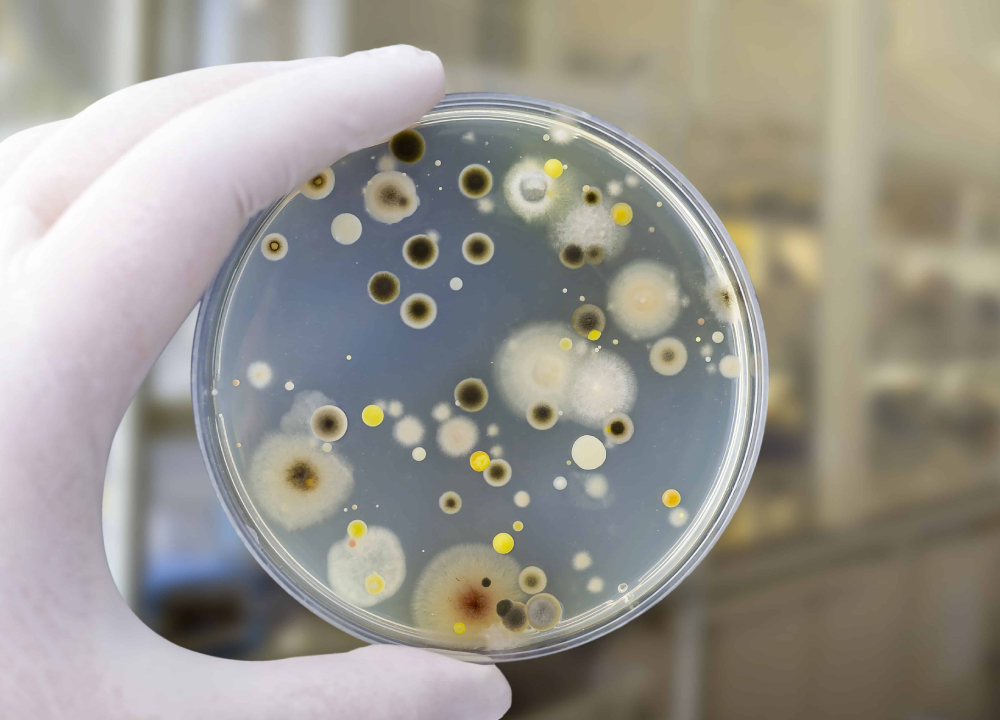Water Damage and Mold: What Homeowners Need to Know
Water damage is one of the leading causes of mold growth in homes. It can occur for various reasons, such as leaks, floods, or burst pipes, creating an environment where mold thrives. Mold doesn’t just cause unsightly stains—it can lead to serious health issues and structural damage if left unchecked. One of the most concerning places to find mold is in the walls, as mold in walls from water damage is not only hidden but can spread rapidly if not addressed.
How Water Damage Creates the Perfect Conditions for Mold Growth
When water seeps into the walls of your home, it creates a damp, humid environment that mold spores love. Mold needs moisture to grow, and once it starts growing in walls, it can be tough to spot. If the water damage is not addressed quickly, mold can spread to other areas of your home, leading to serious health and structural issues.
Signs of Water Damage in Walls:
Discoloration: Yellow, brown, or dark stains on walls can indicate water damage.
Warped or Buckled Walls: Water causes materials like drywall and wood to warp or buckle over time.
Musty Odor: A persistent damp, musty smell often signals mold growth.
Peeling Paint or Wallpaper: If your wall coverings are peeling, this could be a sign that water has infiltrated the walls.
These signs should never be ignored. Identifying water damage early can help you prevent further complications.
The Dangers of Mold in Walls
Mold growth inside walls is more than just an aesthetic issue. When mold starts to grow, it can pose significant risks to both your health and your home’s integrity. The presence of mold can weaken structural elements like wood and drywall, which may result in costly repairs.
Health Risks:
Respiratory Issues: Mold spores in the air can trigger allergies, asthma, and other breathing problems.
Skin Irritation: Direct contact with mold can cause rashes and itching.
Headaches and Fatigue: Mold exposure is linked to headaches and general fatigue in some people.
Structural Risks:
Weakened Walls: Mold in walls from water damage can slowly eat away at the materials, making your walls weaker and more prone to collapse.
Rot: Persistent mold can cause wood to rot, leading to severe structural damage.
If mold is discovered in walls, it’s crucial to address it quickly. The longer it’s left untreated, the more serious the risks to both your health and your property.
How to Prevent Mold from Water Damage
Taking proactive steps can help prevent water damage from leading to mold growth. Here are some key actions you can take to protect your home:
Fix Leaks Immediately: If you notice any leaks in your plumbing, roof, or windows, repair them as soon as possible to prevent water from infiltrating your walls.
Improve Ventilation: Make sure areas like bathrooms, kitchens, and basements are properly ventilated to reduce humidity.
Use Moisture-Resistant Materials: In high-moisture areas, consider using mold-resistant drywall or paints to prevent mold growth.
Keep the Exterior Dry: Ensure that the exterior of your home is properly sealed and waterproofed, especially after a heavy rain or storm.
Inspect Regularly: Check areas that are prone to water damage, like your basement and attic, for any signs of leaks or mold growth.
What to Do If You Find Mold in Your Walls
If you discover mold in walls from water damage, taking swift action is essential to prevent the problem from escalating. Here’s what you should do:
Don’t Ignore It: Mold spreads quickly, and the longer you leave it, the worse the situation will get.
Call a Professional: Removing mold can be dangerous, especially in large amounts. It’s best to hire a professional mold remediation service to handle the cleanup.
Address the Source of Moisture: Simply removing the mold is not enough if the source of water is not fixed. Ensure that the underlying issue is addressed to prevent future mold growth.
Replace Damaged Materials: In many cases, mold-infested drywall or insulation may need to be replaced entirely to ensure the problem is solved.
Mold removal can be a complicated and hazardous process, but it’s essential for protecting both your home and health. A professional mold remediation company will not only remove the mold but also help with water damage restoration, ensuring your home is safe and mold-free.
Take Action to Protect Your Home
Mold in walls from water damage is a serious issue that should never be ignored. With early detection and proper care, you can protect your home from the harmful effects of mold growth. Don’t wait for the situation to worsen—if you spot signs of water damage or mold, act quickly to prevent long-term damage.



Comments
Post a Comment